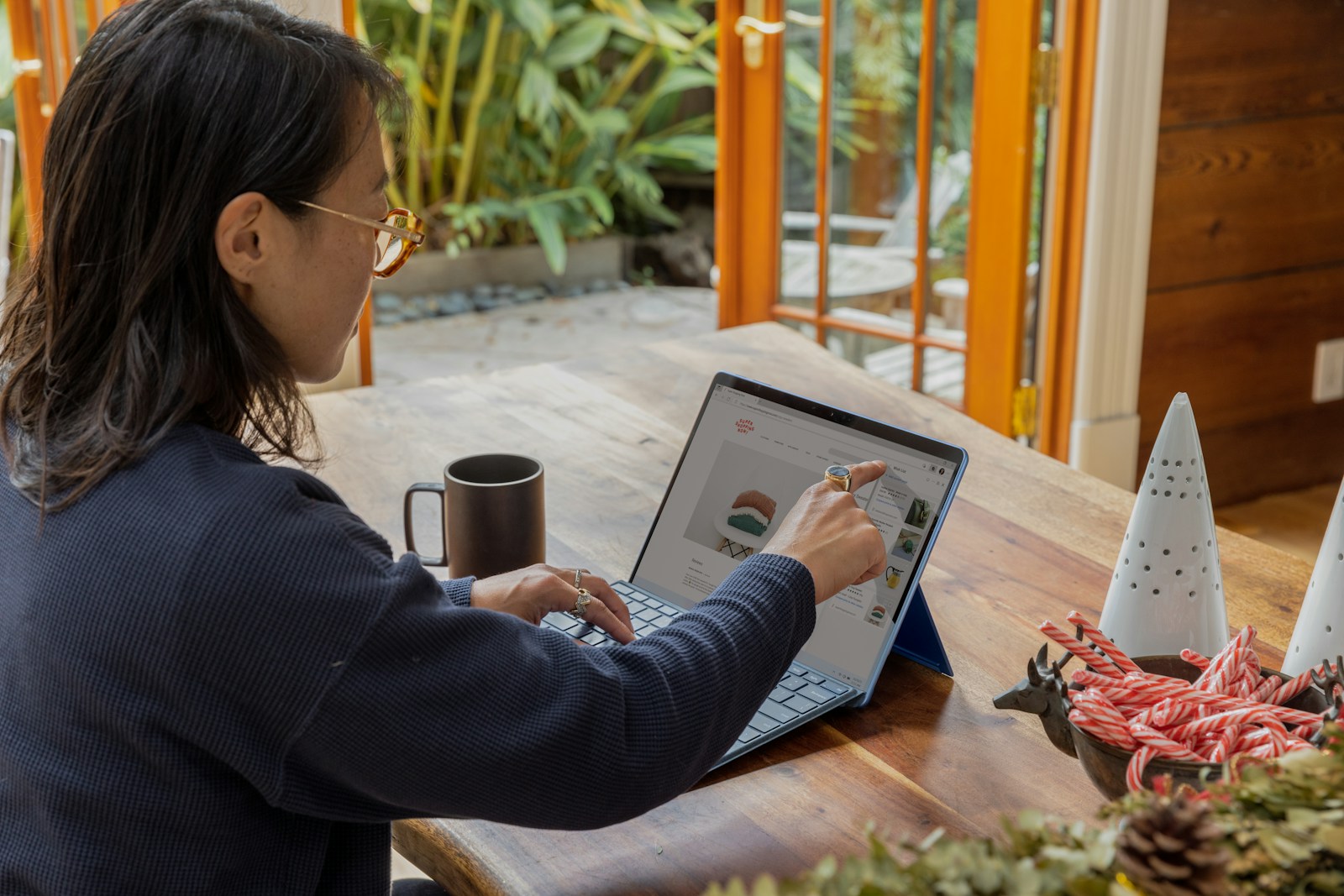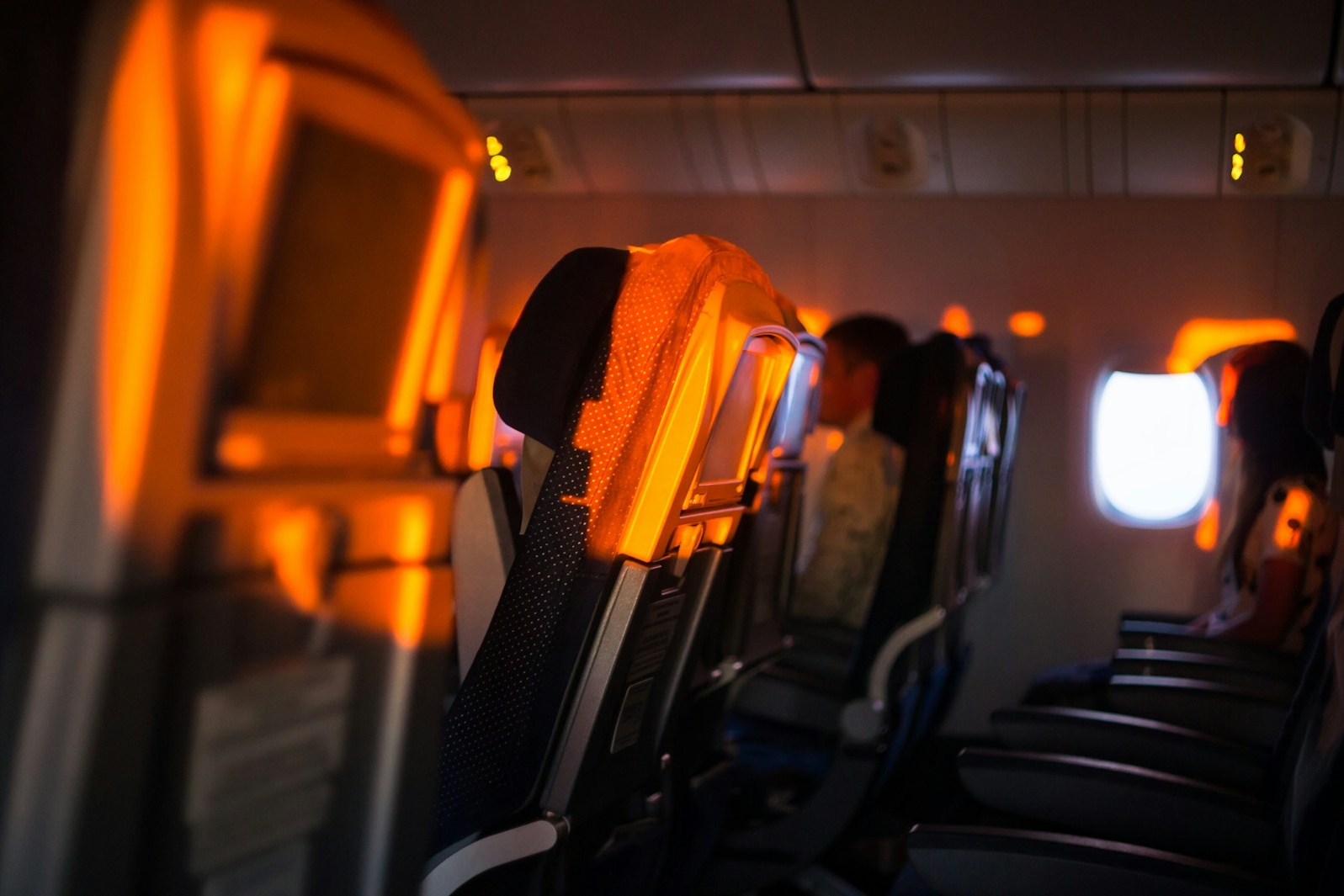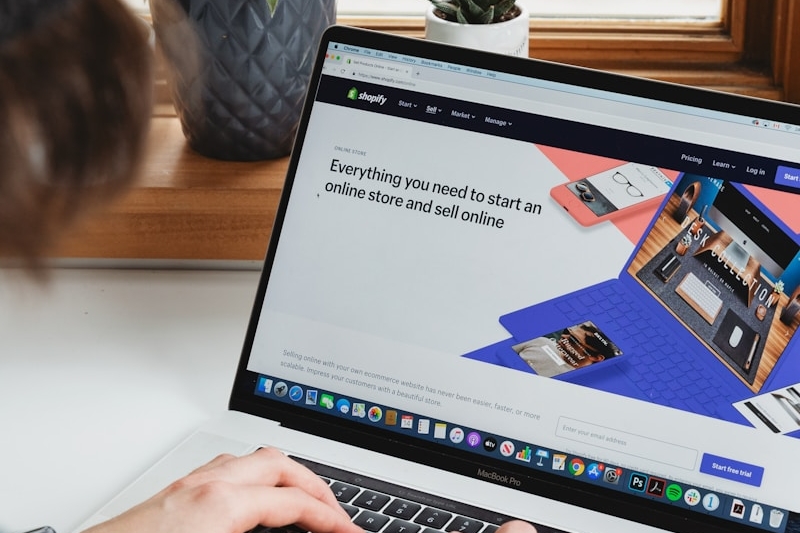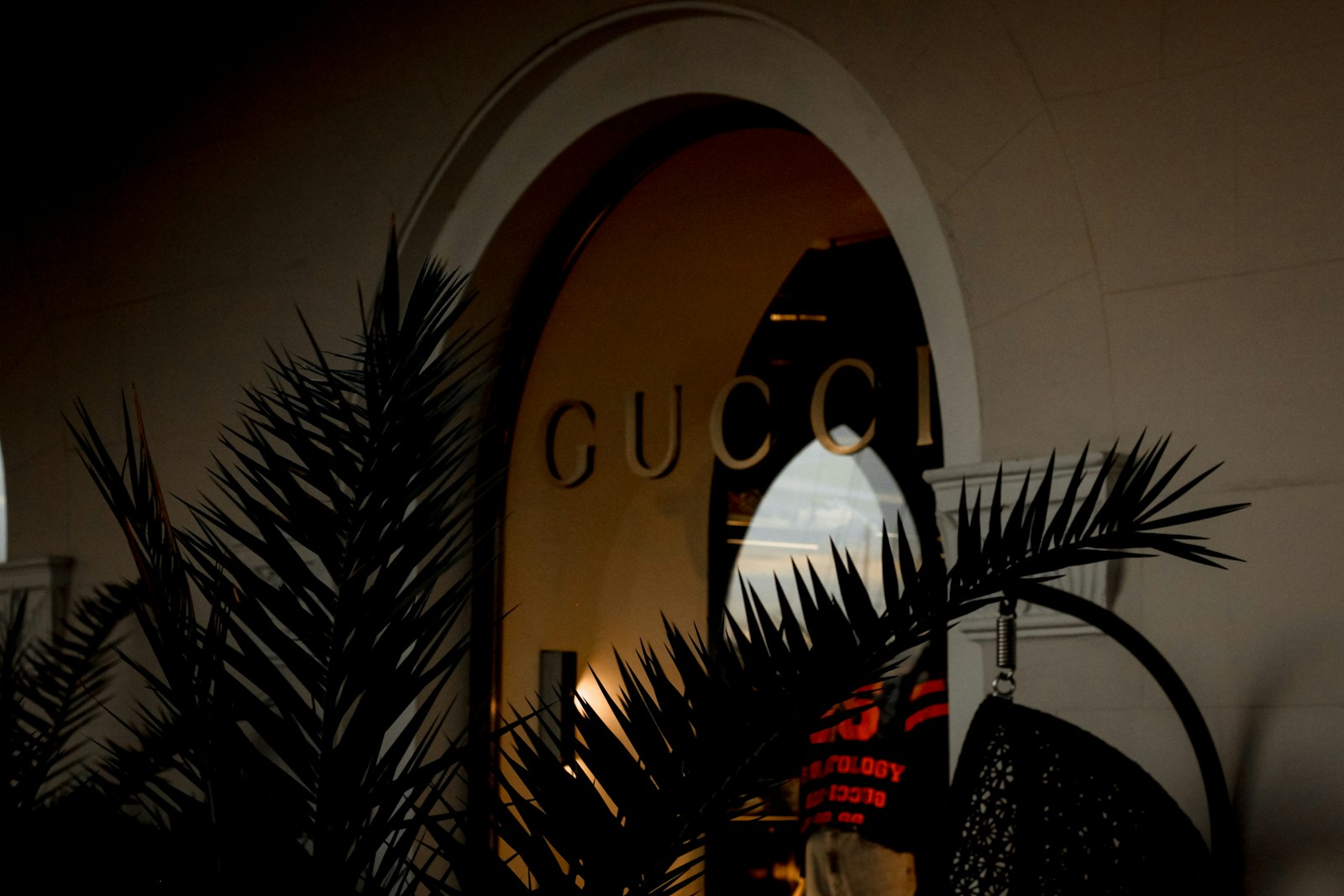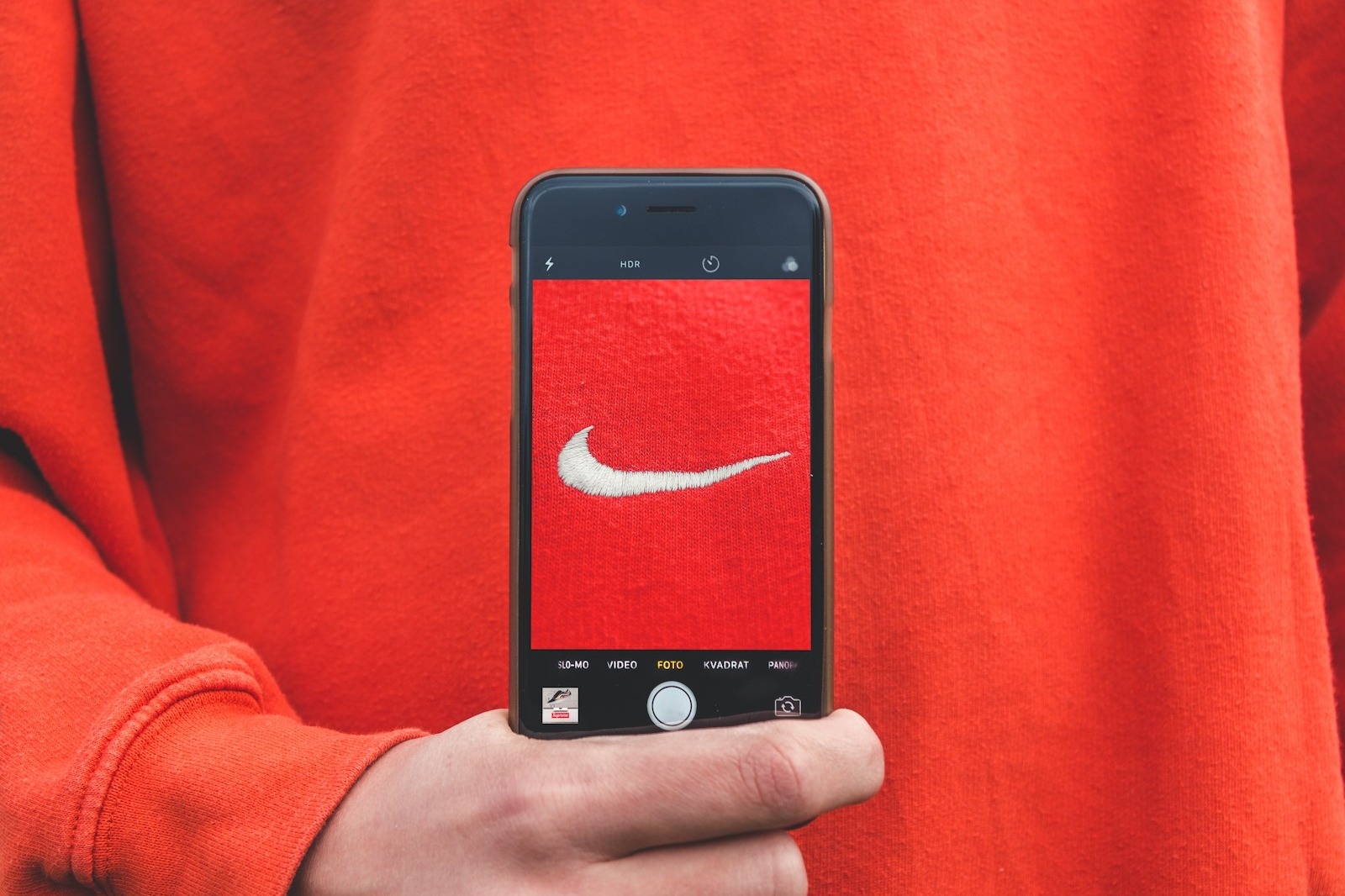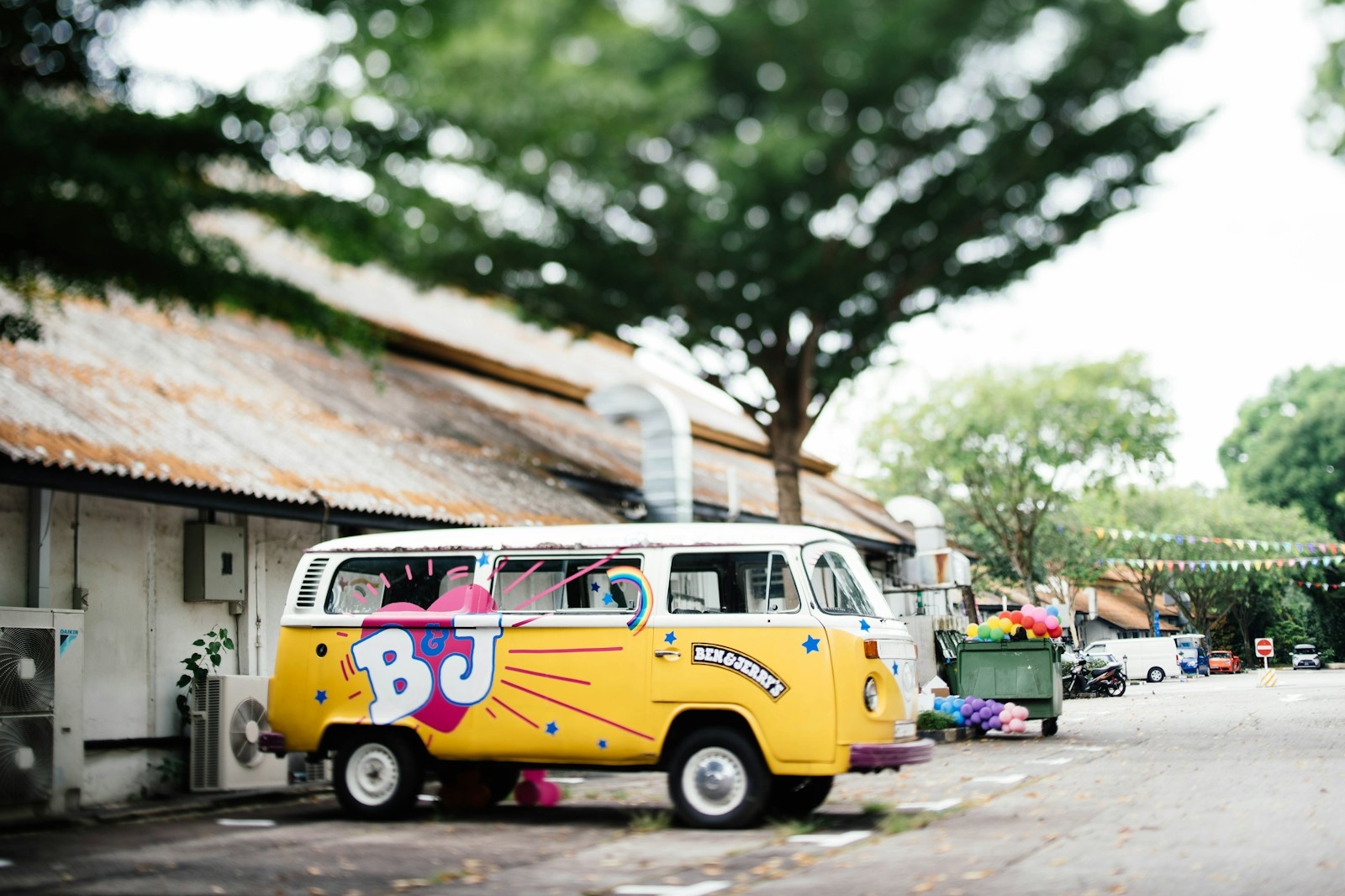In today’s crowded marketplace, consumers are bombarded with endless choices, brands, and messages. The question for businesses is no longer how to get noticed but rather how to make a lasting impression. Enter branded activations—a powerful strategy that transforms brands from mere logos into unforgettable experiences. These activations go beyond traditional marketing by engaging customers in a personal and immersive way, making them a part of the brand’s story.
But what exactly are branded activations, and how do they elevate customer engagement? How can they build stronger brand identities and cultivate loyalty? In this post, we’ll dive deep into the world of branded activations, exploring their potential and providing examples of how brands, big and small, are leveraging this dynamic approach to marketing.
What Is a Branded Activation?
At its core, a branded activation is an experience that brings a brand to life in a way that resonates emotionally with the target audience. Instead of simply broadcasting a message, branded activations encourage interaction, often creating a two-way relationship between the brand and the consumer.
In simple terms, it’s about making your audience feel something—and in today’s world, that emotional connection can be far more valuable than any ad placement or billboard.
Why Branded Activations Are So Powerful
Traditional advertising has its limits. People are increasingly adept at tuning out ads, fast-forwarding commercials, and installing ad-blockers. What they can’t ignore, however, is an experience that genuinely excites or engages them. That’s where branded activations shine.
Here are a few reasons why branded activations are so powerful:
1. Memorability — People tend to remember experiences much better than they remember a catchy slogan or a banner ad. According to research, emotional experiences are processed in a deeper part of the brain, making them more likely to be recalled later. A branded activation leaves a lasting impression, and the positive emotions associated with that experience get transferred to the brand itself.
2. Engagement — Branded activations encourage participation. Whether it’s an interactive pop-up shop, a virtual reality experience, or a live demonstration, customers become active participants rather than passive observers. This deep level of engagement can foster a stronger connection to the brand.
3. Social Sharing — In the age of Instagram, TikTok, and Twitter, creating a buzz-worthy branded activation is an opportunity to generate organic content. People love sharing unique experiences with their social networks, effectively turning participants into brand ambassadors. It’s free advertising that’s more authentic and trustworthy than a paid ad.
4. Customization — Activations can be tailored to specific audiences, making them feel seen and valued. This personalization enhances the overall experience and creates a sense of belonging among participants.
5. Brand Loyalty — When customers have a meaningful, positive experience with a brand, they’re more likely to stay loyal. A well-executed branded activation can create an emotional bond that keeps customers coming back, time and time again.
Types of Branded Activations
There’s no one-size-fits-all approach to branded activations. The best strategy for your brand depends on your audience, goals, and resources. Let’s explore some popular types of branded activations that have proven successful across various industries.
1. Pop-Up Experiences
One of the most popular forms of branded activation is the pop-up experience. These temporary spaces, often in high-traffic areas, give brands a chance to create a curated, immersive experience that transports consumers into the brand’s world.
Example:
Luxury fashion brand Gucci opened a Gucci Pin pop-up shop inspired by their signature GG logo. It wasn’t just a shopping space but a fully immersive environment with interactive displays, exclusive merchandise, and themed rooms. It became a viral sensation on social media, attracting influencers and fashion-forward consumers.
Why It Works:
Pop-ups create a sense of urgency and exclusivity. The temporary nature of these experiences makes consumers feel like they’re part of something special, and it plays into the fear of missing out (FOMO).
2. Interactive Digital Experiences
As technology continues to evolve, brands are finding new ways to engage consumers online through interactive digital experiences. From augmented reality (AR) filters to virtual reality (VR) activations, the digital world opens up endless possibilities for creativity.
Example:
Nike launched an AR experience called Nike React, which allowed users to try on different shoes virtually through their smartphone. By simply pointing their phone at their feet, they could see how different styles would look, making the shopping process more interactive and fun.
Why It Works:
Interactive digital experiences are convenient and accessible. They can reach a global audience and allow customers to engage with a brand without leaving their homes. Plus, they often feel cutting-edge, adding an element of novelty and excitement.
3. Live Events and Sponsorships
Live events are a tried-and-true form of branded activation. Whether it’s sponsoring a music festival or hosting an exclusive brand event, live experiences allow brands to connect with their audience in real time.
Example:
Red Bull is a master of branded activations through live events. Their Red Bull Flugtag competition, where participants build homemade flying machines and launch them off a platform, perfectly embodies the brand’s “gives you wings” ethos. The event is fun, quirky, and totally aligned with the brand’s adventurous spirit.
Why It Works:
Live events are immersive and exciting, and they allow for real-time interactions. By sponsoring or creating an event, brands can curate a unique experience that feels aligned with their identity while engaging with their audience in a shared environment.
4. Experiential Installations
Experiential installations are larger-than-life, often artistic representations of a brand’s message. These can be set up in public spaces or at events and typically invite consumers to interact with the installation in some way.
Example:
Pepsi created a stunning interactive art installation for their #PepsiChallenge campaign. The installation featured a 100-foot tall, high-tech waterfall that reacted to participants’ movements. This visually stunning display not only drew in crowds but also encouraged social sharing, amplifying the activation’s reach.
Why It Works:
Experiential installations are highly shareable and memorable. They create a moment that consumers can’t help but photograph and post online, generating buzz and extending the reach of the activation far beyond the physical space.
5. Influencer Partnerships and Collaborations
Partnering with influencers is another powerful form of branded activation. Influencers bring their engaged audience to the table, and when they collaborate with brands in a way that feels authentic, it can lead to highly effective activations.
Example:
Fashion retailer H&M collaborated with Instagram influencer Aimee Song for a summer campaign. Instead of just wearing the clothes, Aimee hosted a series of live shopping events where fans could get styling tips and shop directly through the platform.
Why It Works:
Influencers offer a direct line to their audience, and when done well, collaborations feel organic and relatable. Fans trust influencers’ recommendations, making them more likely to engage with the brand.
How Branded Activations Build Stronger Brand Identities
Branded activations do more than just engage consumers—they also help build and strengthen brand identities. By creating experiences that are aligned with a brand’s core values, personality, and messaging, companies can solidify their position in the minds of their audience. Here’s how:
1. Reinforcing Core Values
A successful branded activation isn’t just about fun and excitement—it’s about communicating what your brand stands for. The best activations are deeply rooted in a brand’s values, creating a meaningful connection with participants that goes beyond the surface level.
For example, Patagonia, a brand known for its environmental commitment, held a series of branded activations that invited customers to recycle their old jackets for new ones. This wasn’t just a marketing gimmick; it reinforced the brand’s commitment to sustainability.
By staying true to core values, brands can build deeper connections with their audience, showing that they’re not just about selling products but about fostering a shared purpose.
2. Creating a Brand Personality
Branded activations give companies a chance to show off their personality. Whether it’s playful, luxurious, adventurous, or artistic, an activation can bring a brand’s personality to life in a way that traditional advertising can’t.
Take LEGO as an example. The toy company created a pop-up space in London where visitors could design their own LEGO creations in an immersive, colorful environment. This playful, hands-on activation perfectly aligned with LEGO’s brand personality, allowing consumers to connect with the brand on a deeper level.
3. Fostering Emotional Connections
At the end of the day, emotions drive consumer decisions. People want to feel something when they interact with a brand, and branded activations offer the perfect opportunity to tap into those emotions. Whether it’s excitement, nostalgia, or inspiration, the emotional response generated by a branded activation can have a lasting impact.
Measuring the Success of Branded Activations
Of course, no marketing effort is complete without measuring its success. While branded activations are often harder to quantify than digital ads or email campaigns, there are still several key metrics to keep in mind:
1. Foot Traffic or Digital Engagement — How many people visited your activation or engaged with your digital experience? This can provide a basic measure of success, especially if the goal was to raise awareness.
2. Social Media Reach and Engagement — How much buzz did the activation generate online? Track social media mentions, hashtags, and user-generated content to gauge how well the activation resonated with participants.
3. Brand Sentiment — Monitor how people are talking about your brand before, during, and after the activation. Are they expressing positive emotions? Do they seem more loyal or enthusiastic about your brand?
4. Sales Uplift — While the primary goal of branded activations isn’t always direct sales, it’s still worth tracking whether there was an increase in sales or inquiries after the event.
Branded activations are one of the most powerful tools in a marketer’s toolkit for turning ideas into experiences. By creating meaningful, memorable, and emotionally resonant interactions, brands can elevate customer engagement, foster deeper connections, and build stronger identities that stand the test of time.
In today’s world, where consumers crave authenticity and personal connection, branded activations provide the perfect opportunity to break through the noise and create something truly special. Whether through pop-up experiences, digital interactions, or live events, brands that embrace activation as part of their strategy are sure to leave a lasting impact on their audience.
So, how will you turn your next big idea into a captivating experience? The possibilities are endless—and your brand’s future success might just depend on it.
Eric Michael
Eric Michael is a multi-passionate, multidisciplinary creative collaborator, special projects lead, and career and life coach with a passion for high-stakes branding, business, and reputation management initatives.
RELATED POSTS:
More from Eric Michael and the team.
February 28, 2025
Changes to the Master Service Agreement
January 20, 2025
Travel Notice & Itinerary
December 1, 2024
W'24 Memo: Important Seasonal Announcements
October 25, 2024
How Branded Activations Foster Community and Build Brand Loyalty
October 24, 2024
Top 5 Creative Branded Activation Strategies for 2024
August 12, 2024



